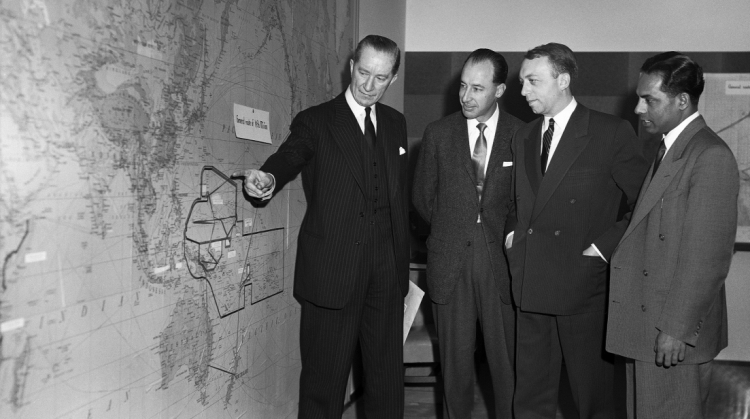This week marks the 25th anniversary of the suspension of the Trusteeship Council – one of the six principal organs of the United Nations and the only one which is no longer active.
The history of the Trusteeship Council can be traced to the UN’s predecessor, the League of Nations. Under the League of Nations mandate, territories that were taken from the defeated Central Powers after World War One were given to certain Member States to administer on behalf of the League.
Chapter 12 of the UN Charter established the Trusteeship Council as a new system of international supervision with a much wider scope and broader powers than the League of Nations mandate. Most of the remaining League of Nations mandates became United Nations Trust Territories.
The first session of the Trusteeship Council opened on 26 March 1946, with an address by Secretary-General Trygve Lie.
“You meet here as one of the principal organs of the United Nations – the last such organ to come into being,” Lie told the assembled delegates. “The basic structure of the United Nations as envisaged in the Charter is now complete.”
The UN Trusteeship Council Chamber was completed six years later, in 1952. Designed by Danish architect Finn Juhl, it remains one of the most spectacular meeting spaces at the UN.
On 1 November 1994, the Council became a victim of its own success and suspended operations after the last territory under its trusteeship, Palau, became independent in October. Palau joined the UN as a Member State in December the same year.
Records from the Trusteeship Council are available for consultation at the Archives and Records Management Section (ARMS) in the Department of Operational Support (DOS).
_________________
Orignaly published in UN Intranet (iSeek)
7 November 2019




